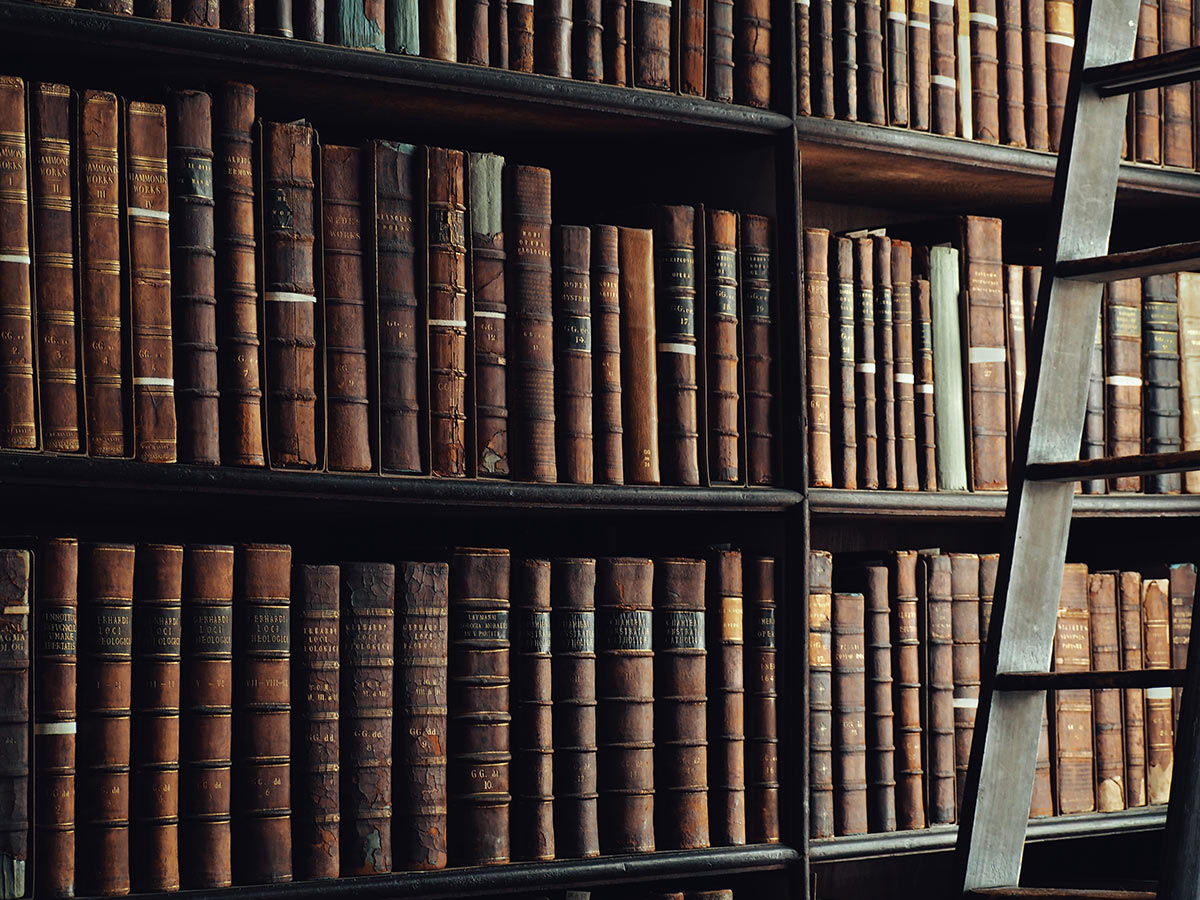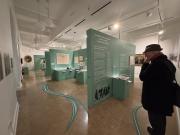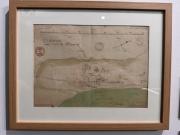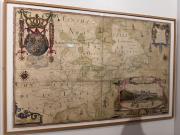Once upon a time there was Montreal, the Champenois in New France
The Superior General of St. Sulpice, father Shayne Craig PSS, accompanied by his Secretary General Father Guy Guindon PSS, visited the exhibition dedicated to the history of Montreal and New France which took place in Troyes (France) from June 18 to November 2, 2025. It was an emotional moment for Shayne and Guy, two Sulpicians and Canadians, to note the immense work that has been done by the Departmental Archives of the Aube to convey to the general public the history of a city which was for a long time a seigneury of the Sulpicians...
Champagne is known for its rich history marked by the Templars, Rachi, Chrétien de Troyes, the Counts of Champagne or even Napoleon. Its heritage is distinguished by the sculpture of the «Beau XVIe siècle» as well as by the art of stained glasses whose history, ranging from the 12th century to the present day, is presented within the recent Cité du Vitrail in Troyes. The 17th century is known through the prism of the arts with Pierre Mignard or even François Girardon, but it also hosts a fascinating and the unknown story of Champagne personalities who crossed the Atlantic to join the adventure of the founding of Canada and Montreal.
During the first half of the 17th century, the French began to settle on the east coast of North America, thus forming the beginnings of New France. The majority of migrants came from the west and north of France but a small group comes from Champagne. Little known in France, they are nevertheless pillars of Canadian history. Jeanne Mance, originally from Langres in the Haute-Marne, is thus the co-founder of Montreal with Paul de Chomedey de Maisonneuve, a native of Neuville-sur-Vanne in the Aube region, who founds the first hospital in the city. Marguerite Bourgeoys, originally from Troyes, is the first educator in Montreal while Jean Talon, from Châlons-en-Champagne, is the first Intendant of the New France.
Other Champagne personalities punctuate the history of the colony until 1763, when the territory was ceded to the Britain.
The Aube Department has decided to highlight this story by dedicating its cultural year 2025 to this subject. Through portraits of figures who have remained in history (Marguerite Bourgeoys, Paul de Chomedey de Maisonneuve, Jean Talon, Jeanne Mance...) and others to be brought back to light (Claude de Ramezay, Raphaël Lambert-Closse...), the exhibition addresses the various reasons for the departure, the conditions of travel and settlement in New France, daily life on site and contribution to the community as well as the relationships forged with the First Nations. It also raises the question of the memory of this history, on both sides of the Atlantic, and the strong ties that still unite Quebec and Champagne today.








